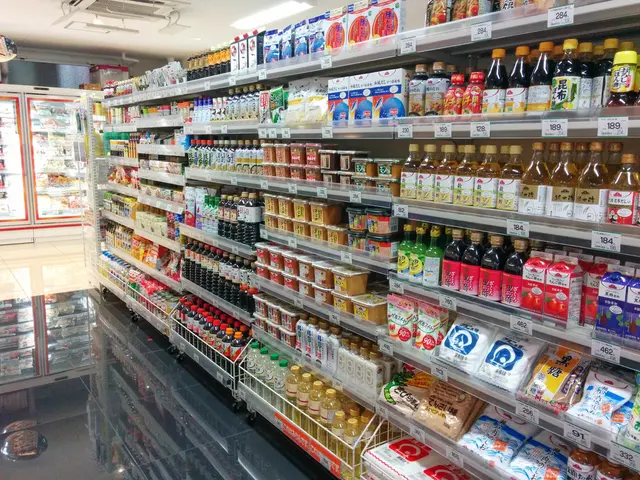Brazil, Chile Lead Global Rare Earth Supply with HREE-Rich Ionic Clay Deposits
Brazil and Chile are emerging as key players in the global rare earth supply landscape, boasting significant ionic clay deposits rich in heavy rare earth elements (HREEs). These deposits, particularly in Brazil's Minas Gerais and Goiás states, contain high concentrations of dysprosium and terbium, crucial for high-performance magnets.
These South American projects prioritize environmental responsibility. They employ innovative methods like zero permanent tailings storage facilities, water recirculation systems, and minimal surface disturbance. The Penco Module in Chile's Bio-Bio region, covering 6 square kilometers, holds about 62,900 tonnes of total rare earth oxides (TREO), with notable HREE concentrations.
Ionic clay deposits offer simpler extraction methods than conventional hard-rock deposits, via leaching processes. This, coupled with the global demand for HREEs projected to double by 2030, underscores the urgency of these projects. The Carina Module in Goiás has demonstrated impressive recovery rates, reaching 69% for neodymium-praseodymium (NdPr) and 48% for dysprosium-terbium (DyTb). Historically, China dominated ionic clay deposits, but recent discoveries in Brazil and Chile could challenge this monopoly.
South American ionic clay deposits, with their high HREE concentrations and environmentally responsible extraction methods, are poised to significantly contribute to the global rare earth supply. As demand surges, these projects could help diversify the supply landscape and ensure a steady flow of critical elements for high-performance magnets.
Read also:
- Experiencing Life's Variety Firsthand: Gaining Insights from Life's Broad Spectrum of Experiences
- Impact of Complex Post-Traumatic Stress Disorder on Romantic Relationships: Symptoms, Causes, and Precautions
- Strategies for Keeping Work Reasonable and Rewarding for those with Autism and ADHD
- Impaired Driving Awareness Campaign Announced by MADD Under the Name "End Herre"








